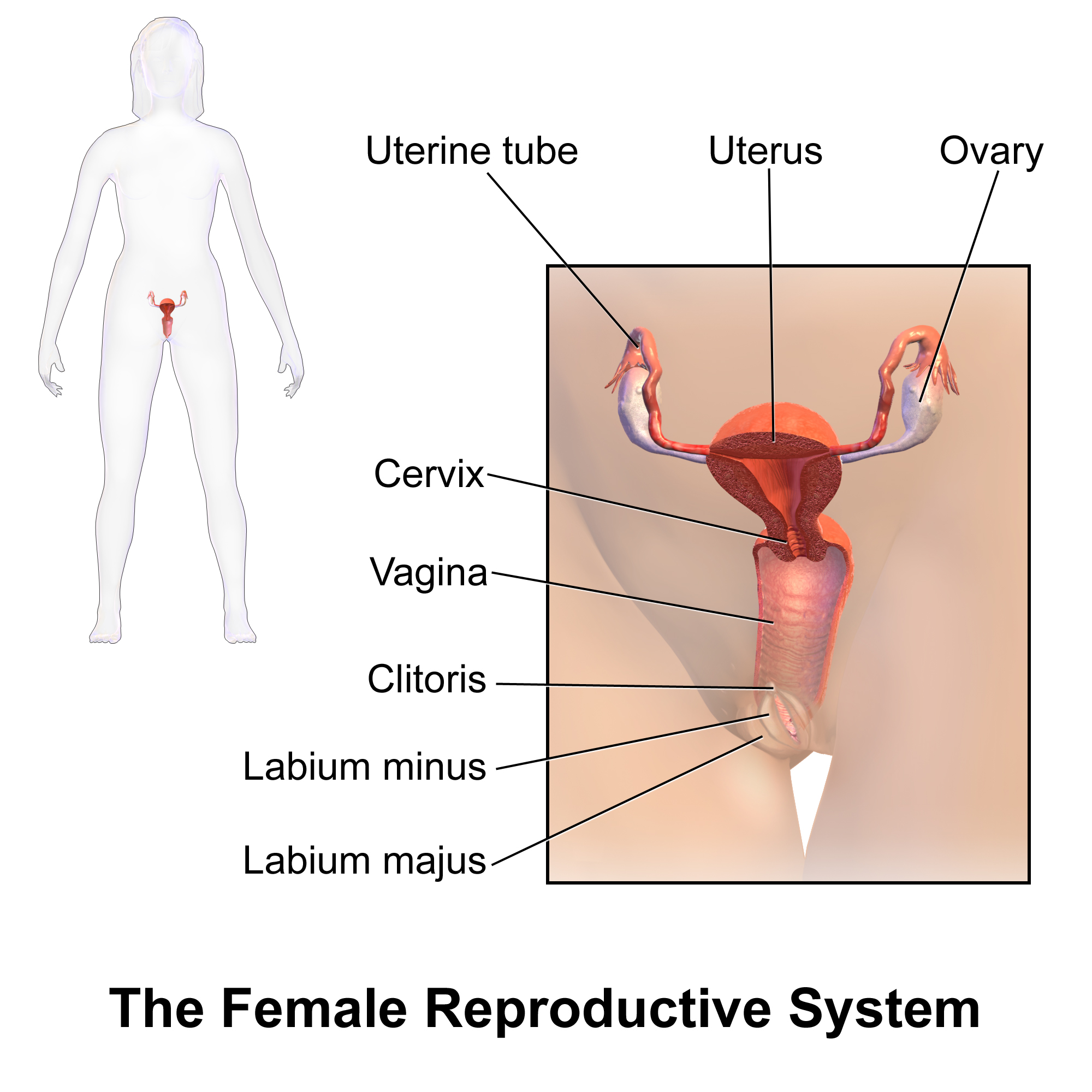By Shaktimi

There is a lot to know about cervical cancer, but we are going to give you the Cliffs Notes version right here, right now, so that none of us becomes a statistic. The great news about cervical cancer is that what causes it is known, it is one of the most preventable cancers for women, and is on a steady decline[1]. The way you can prevent it, as I did, is by taking your Well Woman exams seriously and getting them scheduled.
First, timing: We have been conditioned to think we begin getting pelvic exams annually starting by age 18. Updated guidelines, according to Cancer.gov, suggest “women ages 21 through 29 should be screened with a Pap test every three years. Women ages 30 through 65 can then be screened every five years with Pap and HPV (human papillomavirus) co-testing or every three years with a Pap test alone.” If you have an abnormal Pap or positive HPV result, you and your physician will decide on next steps.
Those may include:
- Another HPV test that specifically looks for types 16 and 18, the two that are known to cause most cervical cancer.
- A biopsy of the cervix to test the cells appearing abnormal.
- Take a wait-and-see approach with more frequent screenings.
What causes cervical cancer? As cited above, HPV is found in about 99 percent of cervical cancers. [2] Two in particular, HPV-16 and HPV-18, are the biggest culprits. Screening equals prevention, because when caught early, steps to mitigate the formation of cancerous cells can be taken. The details of those steps you would discuss with your health care provider.
How do you know if you may have cervical cancer? There’s a good chance you won’t! There are really no symptoms, especially in precancerous or early stages. In more advanced situations, women may experience the following:
- Spotting or bleeding between periods, after sex, after a pelvic exam or post-menopausally.
- Pelvic pain or cramping not due to menstruation.
- Painful or increased urination.
- An abnormal vaginal discharge.
If you ever experience these symptoms, consult your OB-GYN, as that is your body telling you something is up that probably shouldn’t be.
Here is a comforting note about HPV: Though it is a sexually transmitted virus, many forms of resolve within two years and most types don’t lead to cervical cancer. Also, more than 80 percent of women have had some form of HPV by age 50. It is ridiculously common.
How fantastic that we live in a country where medical attention and prevention are easily accessible and affordable. Ladies, I urge you to be empowered and responsible about your health — overall, reproductive and sexual.
—
[1] http://www.nccc-online.org/hpvcervical-cancer/cervical-cancer-overview/
[2] http://www.nccc-online.org/hpvcervical-cancer/cervical-cancer-overview/
To dig deeper, read these:
https://www.cancer.org/cancer/cervical-cancer.html
http://www.cancer.net/cancer-types/cervical-cancer
—
Shaktimi is a long-time adult novelty manufacturer and a yoga teacher with with more than 20 years under her belt. She is an author, speaker and consultant on personal health, sexual health and women’s pelvic health. Her mission is to create a paradigm shift in America’s perception and dialogue about all areas of women’s health, especially our sexuality and sensuality, through products and education.










